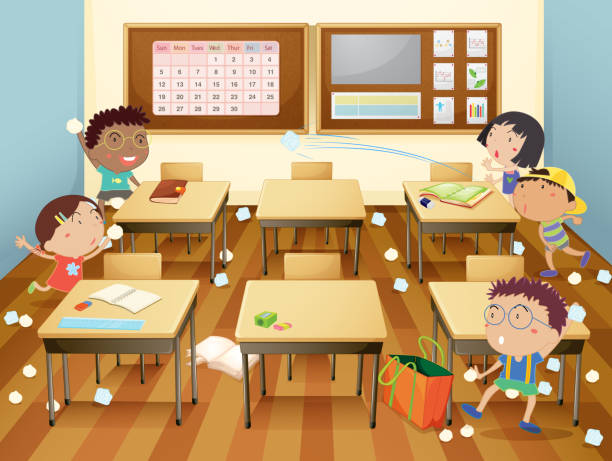Reflection Blog
Growing up, I always enjoyed going to school. I still remember my kindergarten teacher and how she always made me look forward to going to school. I remember her always having a smile on her face and having the sweetest voice. I remember the classroom being a very comfortable space from what I remember. She had bookshelves full of books and a big rug in the front of the classroom where we would sit as a class. Sure, the physical appearance of a classroom or school is important but a teacher also has a big impact on a students success. In Kohn's chart, it tells us that a controlling and imperious teacher voice is not a good sign and will hurt a students academic achievement. It is the teacher's responsibility to lift up his/ her students and to make their classroom a safe and comfortable space where students will learn the best in. They can simply do this by filling their classroom with books, colorful posters, student artwork, plants, and so on. Little things like these affect student achievement. Even a classrooms temperature, lighting, or air quality can affect a student's learning. For me personally, I learn better when the lights are dimmed and in a room temperature setting which may sound silly but it is true. The way a teacher sets up their classroom can also affect students based on age. Having chairs around tables or forming comfortable spaces with bean bags or wobble chairs for example can facilitate more interaction between students. Having desks in rows is one of the worst ways you can set up a classroom in certain cases. In an elementary school classroom, it is important to establish a comfortable environment so they want to learn. A classroom's physical environment and teacher are what make the classroom a positive learning environment. I enjoyed going through Alfie Kohn's chart because I think it will definitely be beneficial to me when I have my own classroom.
Click on the link below to learn more about some of the ways you can add comfort to your classroom and how it benefits students-






